Wholesale electricity market: history, realities, outlook
Head of Energy Trading Department of TGC-16 about features of electricity market and problems of cross-subsidization
The Russian electricity market was created and the wholesale and retail markets were formed as a result of the reform of the early 2000s. Today we can say that this model has succeeded and the main mechanisms work. However, there is no limit to perfection, and each of the directions is not without its contradictions and ''pitfalls'', says head of the energy trading department of TGC-16 Bulat Giniyatullin. He told in the interview to Realnoe Vremya about how consumers calculate the tariff for electricity, why cross-subsidizing is still a painful issue for the industry and how to deal with non-payments in electric power industry.
Mr Giniyatullin, could tell us about the essence of the electricity market? Where did it all begin?
In the early 2000s, energy consumption in the country was growing at a significant pace, and experts realized the threatening prospect of a shortage of generating capacity and the threat of reliability of energy supply against the background of aging of fixed assets of the industry. A forming competitive market environment in the energy sector, the division of RAO UES of Russia by activities and the privatization of assets in potentially competitive activities were to solve the impending problem.
Simultaneously with the division of RAO UES of Russia, it was organized wholesale trade of electric energy in the Federal (All-Russian) wholesale market of electricity and power (FOREM). FOREM was a system of contractual relations of many of its participants (subjects).
The functioning of the existing model of the wholesale electricity market in the Russian Federation is considered to start on 1 November 2003 — the date of entry into force of the Russian Government Decree from October 24, 2003 No. 643 ''On the rules of the wholesale electricity market (power) of the transition period''.
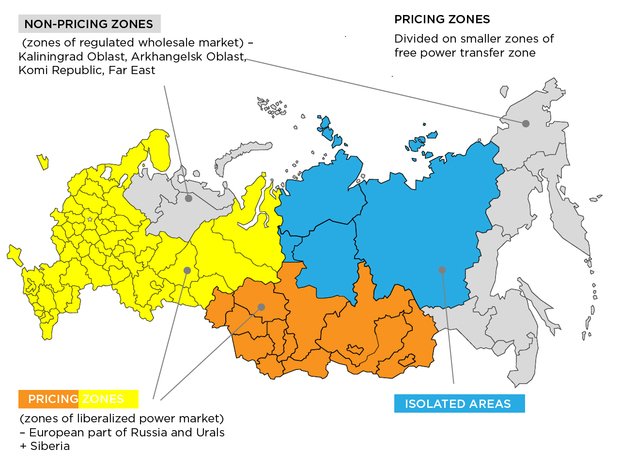
How does this market function?
The electricity market consists of wholesale and retail markets. The most important of these is the wholesale market, as it largely forms the competitive price of electricity, the balancing of power system, load management and the provision of system services are centrally carried out only on it.
The company — buyer or seller — must obtain the status of a participant in the wholesale market and join the Association ''Market Council Non-Commercial Partnership'' to trade in the wholesale market. Two goods are traded on the wholesale market — electricity and power.
If energy cost compensates to the generating companies the costs mainly for fuel, then the power cost covers the suppliers' conditionally fixed costs for maintaining the equipment — the costs of repair and depreciation of equipment, spare parts and consumables, wages of personnel and so on.
The wholesale electricity market is divided into three sectors: the long-term market of bilateral contracts (trade is conducted here under regulated and free contracts), the day-ahead market (competitive selection of the cheapest offers of electricity suppliers to cover consumption volumes, conducted for one day) and the balancing market (purchase/sale of volume variances from day-ahead market as a result of changes in the volume of production or consumption by individual market participants).
In retail markets, end users, including the population, purchase electricity from sales organizations, Association ''Market Council Non-Profit Partnership'' of independent sales companies and so-called guaranteeing suppliers, that is, from regional sales companies that buy electricity in the wholesale market and are obliged to supply electricity to all retail consumers in the region of presence.
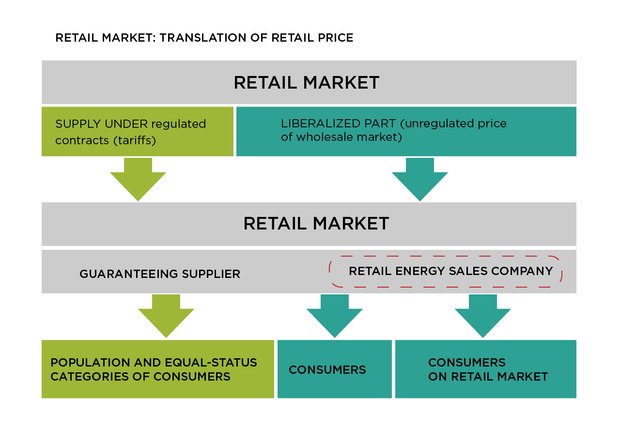
How does pricing in the electricity market organized? What is the basis of the tariff for consumers?
For end consumer of the retail market, if it is not the population or an equivalent category of consumers, the cost of electricity consumed consists of several components:
- cost of directly electricity purchased by the sales company in the wholesale market;
- cost of power, which is formed from the power from competitive capacity auction, power facilities of CDA, RES, incinerator plant, hydroelectric power and nuclear power plants, the cost of new generation power in the Crimea, Far East;
- network component, that is, the cost of services for electricity transmission and loss of electricity in the networks, including in the process of transformation (voltage reduction);
- surcharge of sales company.
For the population and equated categories of consumers, the FAS establishes a tariff, which includes the cost of electricity and capacities of suppliers under regulated contracts, the cost of electricity transmission services and the surcharge of the energy sales company.
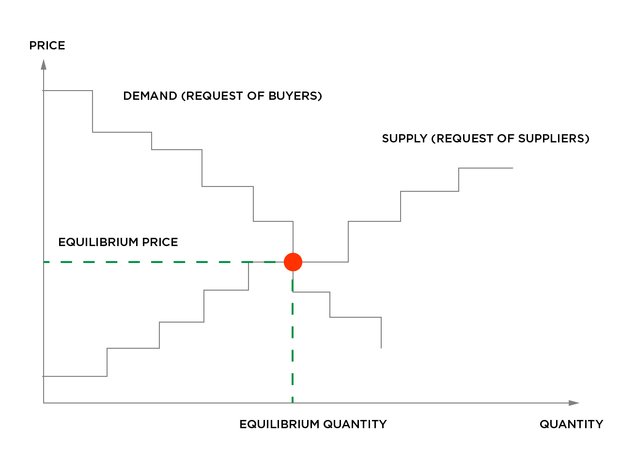
It so happens that two approximately identical enterprises located in different regions pay different prices for electricity. In addition, the price changes monthly and can be very different from the price of the previous month. What does it depend on?
The change in unregulated electricity prices in the wholesale market is influenced by many factors related to the location of the point of generation and consumption of electricity, as well as to the time of consumption. The price is influenced by the distance from the gas production sites: the farther from the gas field the consumer is, the more the gas price has a transport component and, accordingly, the higher gas price and, as a result, the higher price of electricity is. The presence or absence of large ''cheap'' energy sources — nuclear power plants, hydroelectric power stations and the presence/absence of appropriate capacity of electric networks from these sources to consumers also affect.
If we talk about temporary change in prices, the impact is made by seasonal changes in the modes of operation of hydropower, large thermal power plants, nuclear power plants. For example, at the end of spring during the spring flood, the volume of water inflow into the rivers increases significantly, hydroelectric power plants produce a larger amount of cheap electricity, which leads to a decrease in price. During the heating period, the market has a growing volume of cheap electricity supply from CHP through combined heat and electricity production, which in the end also leads to a decrease in the price of electricity in the wholesale market. All these fluctuations in the wholesale market prices are transmitted to the retail market.

Industrial consumers of electricity today bear heavy loads in the form of surcharges. This is the payment of investments in the construction of new power units (so-called PDC – power delivery contracts), the construction of renewable sources, generation in the Crimea. Now the construction of incineration plants has been added to this list. In your opinion, how much more expensive is electricity due to the introduction of the incinerator plant in Kazan?
Let's make a simple calculation. For 2021, in the first pricing zone, which includes the European part of Russia and the Urals, it was selected about 154 GW of power. The unregulated part of power consumption is about 75%, that is 116 GW. The incinerator plant in Kazan is expected to have a capacity of 50 MW. The cost of the plant is 28 billion rubles. At the conclusion of the agreement for supply of power for 15 years, the price of capacity of the plant per 1 MW per month will be about 3 million rubles. That is, 116 GW will grow in price by 3 million rubles. The increase in prices of electricity will be about 3 kopeks per 1 kWh for 15 years in the prices of the current year. It should be noted that part of the cost components for the calculation of the power price will be indexed taking into account the consumer price index.
There is a view that the incinerator plant will entail not only an increase in the tariff for industrial enterprises, but also for residents. What do you think about this?
Given that the tariff is set by the regulator for the population and the rate of tariff growth is limited, I think that there will be no increase in the electricity tariff for the population due to the launch of the plant.
If we talk about surcharges, alternative energy is also developing due to the load on the wholesale electricity market. Is there a potential threat to the development of the wholesale electricity market (WEM)? Are there any other ways to develop renewable energy sources (RES) without loading the traditional market?
In our country, due to the high cost of RES and low gas prices, the development of RES without support is possible only in local isolated areas, where they compete, for example, with diesel generators on imported fuel. Accordingly, if to release the wholesale market from the load of renewable energy, support for renewable energy should be provided from other sources, such as state subsidies.
''Cross-subsidization is understood as price discrimination''
Can we say that the wholesale electricity market is established?
The market is established, the main mechanisms work, but, as they say, there is no limit to perfection. Amendments in regulations of the wholesale market are made almost every month.
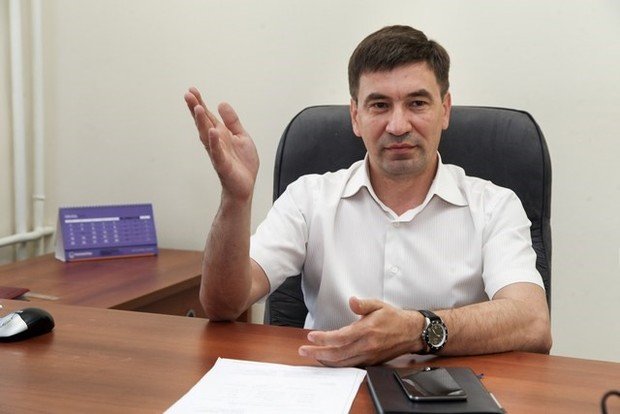
One of the most urgent problems in the electric power industry is cross-subsidization. Could you us about this trend, why do they want to depart from it?
Cross-subsidization in electric power industry is one of the most urgent problems. It is understood as price discrimination: electricity tariffs for industrial and commercial consumers are set above marginal costs, and for households — below, so that the first are forced to overpay and subsidize the latter.
Cross-subsidization between industrial consumers and the population, included in the tariffs for thermal energy, forces large consumers to produce thermal energy from their own sources, which in turn leads to underutilization of the CHPP and reduce electricity generation in the most efficient cogeneration cycle.
One of the negative aspects of maintaining cross-subsidization is the departure of large industrial consumers from ''big'' energy both in terms of purchase volumes in the wholesale market and in terms of payment for electricity transmission services. As a result, the tariff load for other consumers grows, the efficiency of energy companies reduces, the existing energy capacities are preserved.
It is necessary to liquidate the crossing. In order to eliminate negative social aspects, staging and special social mechanisms (targeted support, introduction of social norms) can be envisaged. The reduction of cross-subsidization will lead to the establishment of correct price signals in the electricity market and the economy as a whole. The financial burden of subsidizing the population by other consumers is partially transferred to consumer prices, which distorts economic signals. The reduction of the elimination terms of cross-subsidization will provide a greater level of attractiveness of consumers' work within the framework of the UES of Russia.
Why, in your opinion, is it so difficult to advance the solving of this issue?
According to experts' calculations, in case of one-time reduction of cross-subsidization, the negative economic effect will be observed in most industries and services. For example, the negative effect will be expressed in a decrease in gross profit for trade and intermediation activity, for agriculture, for financial intermediation and insurance. On the part of consumers, demand will decrease, because people's incomes will decrease and prices will increase not only for electricity, but also for housing and communal services, etc. In some industries, there will be a positive dynamics of performance indicators, in particular, in ferrous and non-ferrous metallurgy. However, the negative result will exceed the positive one, due to the peculiarities of differentiation of the pattern of demand for goods and services among the population and industrial consumers. Thus, as a result of one-time reduction in the volume of cross-subsidization, the participants of power market will have worse economic indicators, so a program of gradual (gradual reduction) of cross-subsidization should be developed.
When it comes to cross-subsidization, as a rule, the issue of tariff growth is raised. How fast should electricity tariffs grow in order to achieve the elimination of cross subsidization? Will the most vulnerable category — residential consumers — suffer from this?
The elimination of cross subsidization should not lead to an increase in the cost of electricity as a whole above inflation rate. In this case, the reduction of cross subsidization will not have a significant negative impact on the population, and the system of targeted subsidization for certain categories of citizens will allow to provide more effective support to the population.
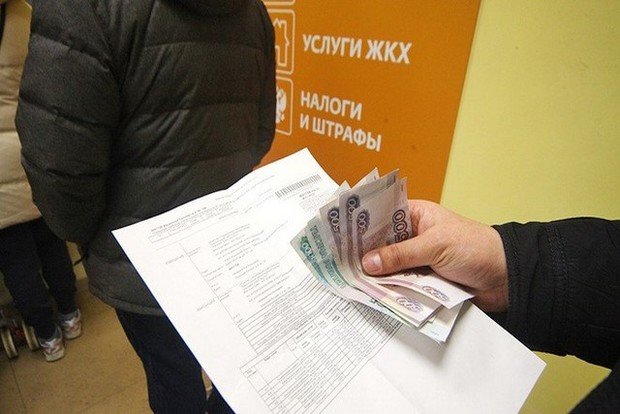
According to your forecasts, how much will the electricity tariff increase for residents this year?
Tariffs for the population for the year 2018 have already been established. Like the year earlier, they are changed on July 1. According to the resolution of the State Committee of the Republic of Tatarstan on Tariffs from July 1, the tariff for the population is 3,69 rub/kWh with an increase to the tariff in the first half of the year by 3,65 %.
How to improve payment discipline
I cannot but touch on another cornerstone in the electric power industry — high percentage of non-payments. The Ministry of Energy has tightened the payment discipline, increased fines for consumers. But the debts are still growing. Why do you think the measures have no impact?
This question, unfortunately, cannot be answered in one word. In my opinion, these fines are not effective enough because of their insignificant impact on defaulters. A possible solution would be the adoption of legislative acts with the introduction of electricity supply only after prepayment for regular non-payers.
They plan to transfer consumers to direct payment to resource providers, bypassing management companies. What is the benefit for the consumer in this context?
It should increase the collectability of money from consumers. Ultimately, the adopted law will allow to regulate relations between conflicting legal entities: the management company and the resource provider. As for the owners of housing in multi-apartment buildings, they should not expect a reduction of tariffs.
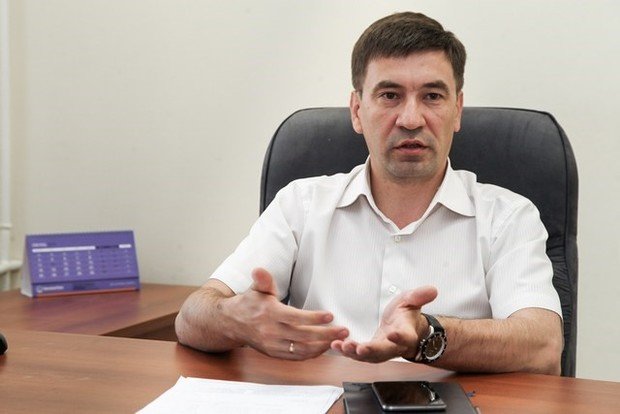
To sum up, what reforms do you think Russian electricity market needs in the near future? What prospects does it have?
The electricity market does not stand still, it constantly changes to current realities. For example, this year the launch of DPM-2 campaign, aimed mainly at modernization and extension of the life of existing power equipment at thermal power station, is to take place. In the near future, we would like to see steps aimed at gradual liberalization of the sector of regulated contracts, improvement of the day-ahead market, development of an effective mechanism for decommissioning of morally and physically obsolete equipment.
In the future, I suppose, market directions such as distributed generation, the market of ancillary services in terms of attracting consumers to the regulation of consumption, Internet of Energy, that is, energy storage systems, will develop.